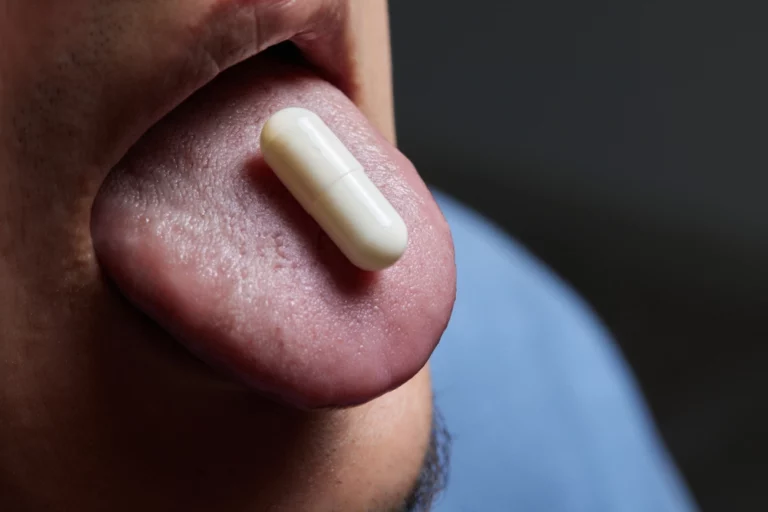How Dangerous is Combining Uppers and Downers?
Uppers and downers, also known as stimulants and depressants, can be particularly risky when combined as the side effects of both drugs may be augmented or otherwise altered in unexpected ways. Cocaine and methamphetamines (“meth”) are common uppers or stimulants. Alcohol, opioids, and benzodiazepines (“benzos”) are common downers or depressants. Dependency on multiple drugs or an addiction to several drugs but not necessarily a preferred drug of choice is referred to as polysubstance abuse.
Risks Associated with Combining Upper and Downers
Uppers like cocaine, meth, stimulant prescription drugs, and MDMA, have their own common risks when abused. Common effects and side effects of abusing uppers can include:
- Dizziness
- Sweating
- Agitation
- Restlessness
- Headache
- Muscle tension
- Jaw clenching
- Tremors
- Chest pains
- Heart palpitations
- Paranoia
- Insomnia
Combining multiple uppers can have dangerous results. Examples include:
- Extreme aggression
- Erratic behavior
- Dehydration
- Increased body temperature
- Seizure
- Hypertension
- Brain damage
- Liver damage
- Hyperthermia
- Stroke
- Heart failure
- Overdose
Much like using high doses of a single drug, any time uppers are combined it can increase the likelihood of overdose. Similarly, combining downers increases the likelihood of overdose.
The following are common effects and side effects that can occur when a person abuses downers:
- Lowered inhibitions
- Drowsiness
- Sedation
- Dizziness
- Irritability
- Shakiness or tremors
- Impaired reflexes
- Impaired short-term memory
- This can result in “brownouts” or “blackouts”
Combining multiple downers can result in dangerous side effects that can include:
- Unpredictable behavior
- Dangerously slow breathing
- Respiratory arrest
- Weak pulse
- Organ damage
- Loss of consciousness
- Overdose
“Speedballing” which was historically a combination of heroin and cocaine can result in immediate cardiac arrest. Combining potent uppers and downers within a very short period of time is especially hard for the human body to process. The “rush” associated with combining stimulants and depressants is known to be extremely addictive. This is especially disconcerting as the risks are extra high.
Side effects of abusing uppers and downers in methods like a speedball can result in:
- Intense anxiety
- High blood pressure
- Irregular heartbeat
- Suppressed breathing
- Cardiac arrest
- Organ damage
- Loss of consciousness
- Overdose
Understanding Polysubstance Abuse
The combination of uppers and downers can be appealing to those with substance abuse disorders. There are many reasons why this may or not be the case and it depends on the way an individual metabolizes particular drugs. The appeal of one drug over another may be because a person’s body generally responds better, that is, produces more euphoric and desirable effects and, at least initially, minimal side effects. In the long run, a full-blown addiction never takes anyone down a positive path.
Polysubstance abuse is commonly used when an individual has developed an addiction to multiple substances and regularly seeks all of them. What is somewhat unusual about polysubstance addictions is that the individual has not formed a strong preference for a single substance. In this instance, they may have developed cravings for the effects that are associated with mixtures or combinations of substances.
Common examples of polysubstance addictions can include combinations of the following:
- Opioids and alcohol
- Cocaine and alcohol
- Alcohol and benzodiazepines
- Xanax, Valium, Klonopin
- Opioids and benzodiazepines
- Barbiturates and stimulants
- Cocaine, meth
- Opioids and cocaine
- Meth and opioids
Common Reasons For Substance Abuse
There are many reasons why people turn to substances as a coping mechanism. There is a wide range of common triggers and risk factors that predispose individuals to have substance abuse problems. Common factors may include:
- Trauma
- Post-traumatic stress disorder (PTSD)
- Mental health issues
- Work-related anxiety
- Home life issues
- Family stress
- Death in the family
- Genetics
- Biological factors
- Environmental factors
- Family history of substance abuse
- Early exposure to drugs and alcohol
- Low income household
- Low income neighborhood
Contact Oasis Recovery about Personalized Recovery Options
Since those who have developed addictions to multiple substances often have co-occurring disorders and require a dual diagnosis, it is especially encouraged that individuals seek out professional treatment. The medical experts atOasis Recovery know how to help those with polysubstance addictions and related challenging life circumstances. We work with clients to develop a personalized treatment plan that is designed to meet your individual needs and recovery goals. Our doctors and mental health counselors are committed to finding lasting recovery for each and every one of our clients. Reach out to us today to speak with a specialist about treatment options.











